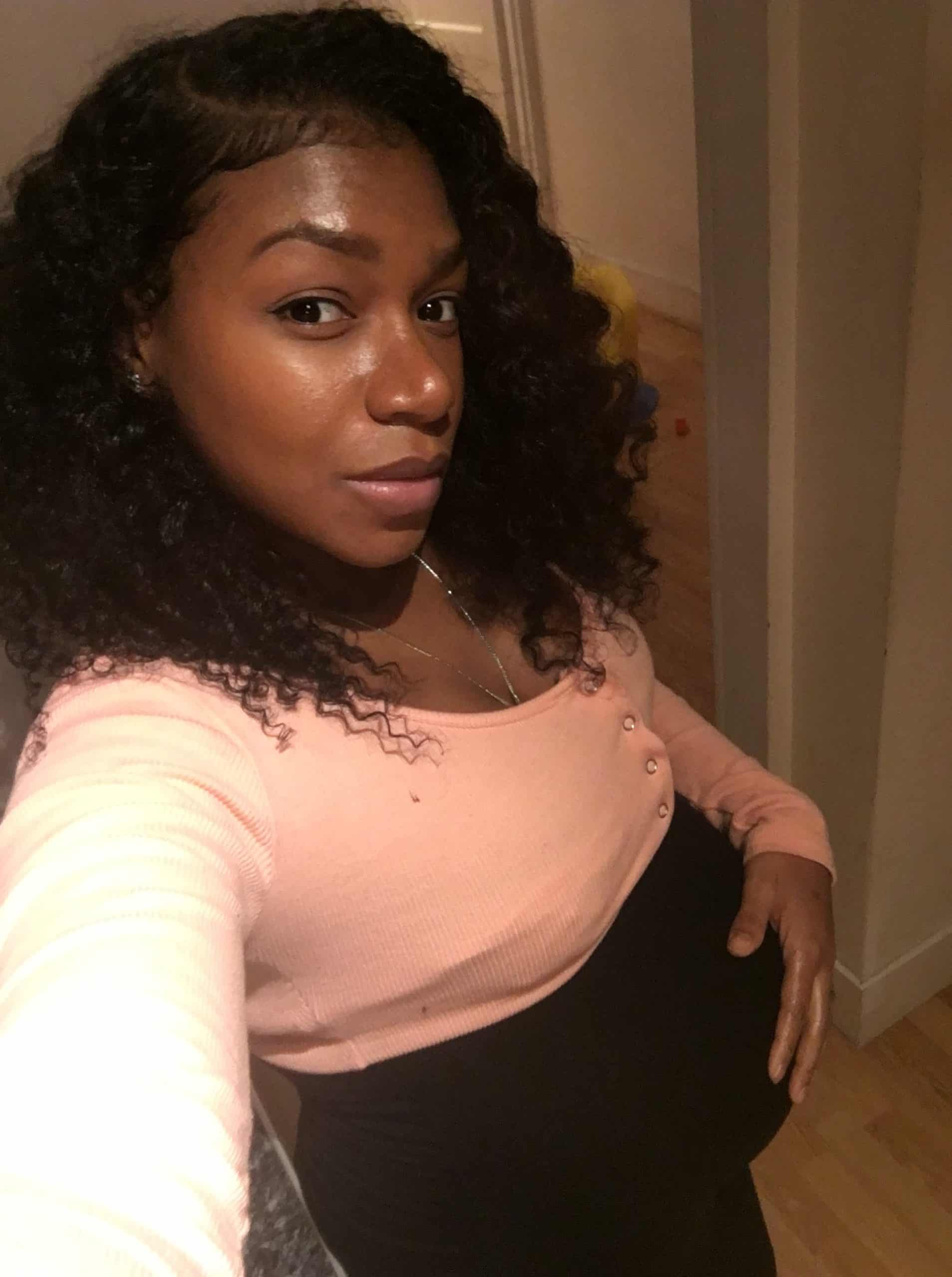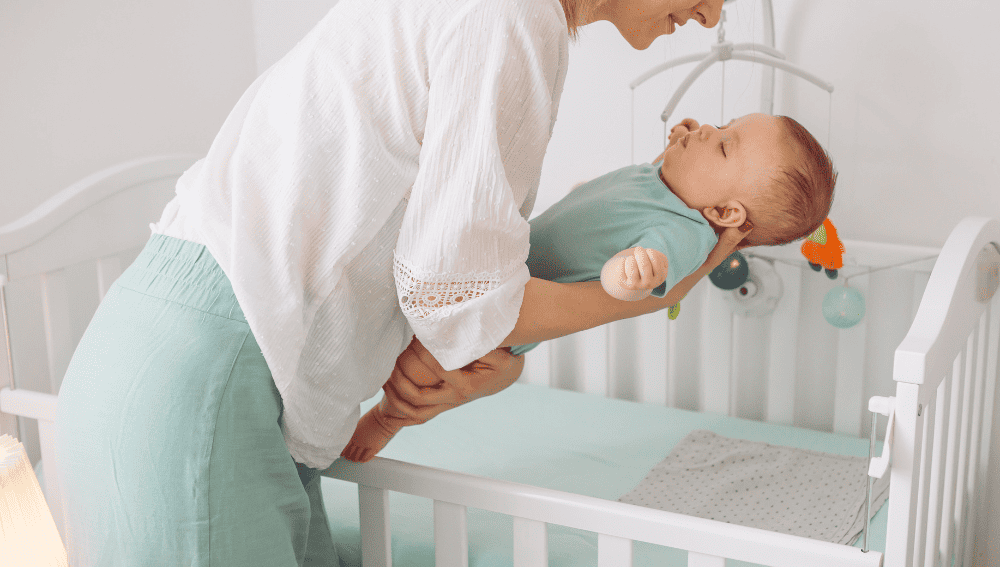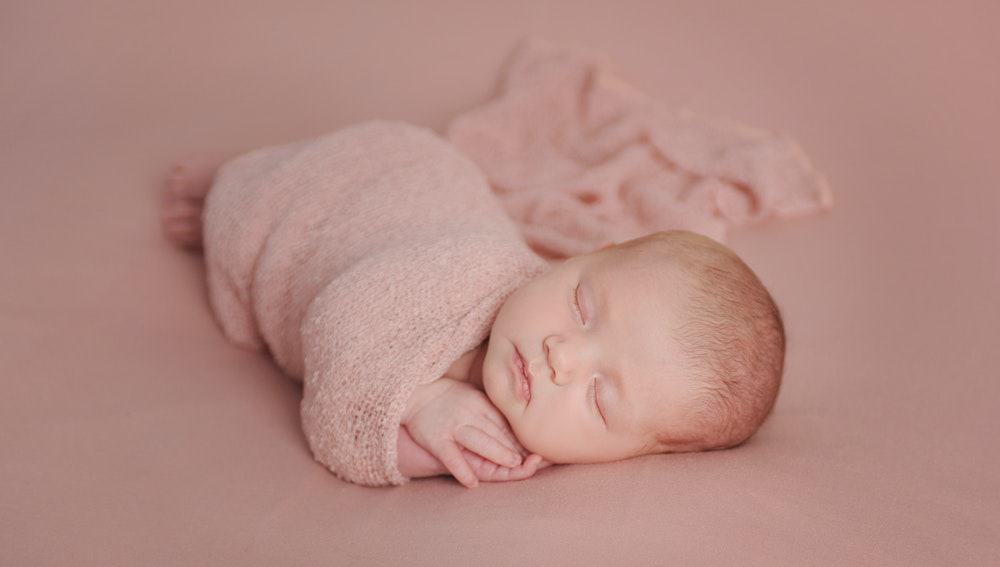Parents often worry about their baby’s sleeping position, and for good reason. The American Academy of Pediatrics recommends that infants be placed on their backs to sleep to reduce the risk of Sudden Infant Death Syndrome (SIDS).
However, some babies may prefer to sleep on their stomachs, and parents may find their baby sleeping face down on the mattress.
While it may be concerning to see a baby sleeping face down, it is important to understand that this is a common occurrence. Babies are known to move around in their sleep, and it is not uncommon for them to roll onto their stomachs.
However, parents should be aware of the risks associated with face down sleeping and take steps to ensure their baby is sleeping safely.
Key Takeaways
- The American Academy of Pediatrics recommends that infants be placed on their backs to sleep to reduce the risk of Sudden Infant Death Syndrome (SIDS).
- Babies may prefer to sleep on their stomachs, but parents should be aware of the risks associated with face down sleeping.
- To ensure safe sleeping habits, parents can use technological aids for monitoring baby sleep and consult a pediatrician for guidance.
Related Post: How to Dress Baby for Sleep?
Understanding Baby Sleep Patterns
Newborns and infants sleep a lot, but their sleep patterns can be quite different from those of adults. Understanding how babies sleep can help parents ensure that their little ones are getting the rest they need to grow and develop properly.
Babies spend most of their sleep time in the Rapid Eye Movement (REM) stage, which is the stage of sleep where dreaming occurs.
This is different from adults, who spend more time in the non-REM stage of sleep. Infants also have shorter sleep cycles than adults, typically lasting around 50-60 minutes.
It is common for babies to sleep face down on their mattress, but it is important for parents to be aware of the risks associated with this position.
The American Academy of Pediatrics recommends that infants should always be placed on their back to sleep, as this reduces the risk of Sudden Infant Death Syndrome (SIDS).
Parents should also ensure that their baby’s sleep environment is safe and conducive to sleep. This includes using a firm, flat sleep surface, avoiding loose bedding and soft objects in the crib, and keeping the room at a comfortable temperature.
It is important to note that every baby is different, and there is no one-size-fits-all approach to baby sleep. Some babies may sleep through the night from a very early age, while others may wake frequently for feedings.
As long as a baby is getting enough sleep overall, and is meeting their developmental milestones, there is no need to be overly concerned about their sleep patterns.
In summary, understanding baby sleep patterns can help parents ensure that their little ones are getting the rest they need to grow and develop properly.
By following safe sleep guidelines and being aware of the risks associated with certain sleep positions, parents can help keep their babies safe and healthy.
The Risks of Face Down Sleeping
When it comes to baby sleep, parents have many concerns, and one of the most significant is the risk of Sudden Infant Death Syndrome (SIDS).
One of the factors that increase the risk of SIDS is face-down sleeping. Here are some of the risks of face-down sleeping:
Sudden Infant Death Syndrome
The risk of SIDS is higher in infants who sleep face down. SIDS is the sudden and unexpected death of an infant under one year of age, and it is often unexplained. The exact cause of SIDS is unknown, but face-down sleeping is considered a risk factor.
Suffocation and Overheating
Face-down sleeping can increase the risk of suffocation and overheating. When a baby sleeps on their stomach, their nose and mouth can become blocked, making it difficult for them to breathe.
Additionally, a face-down sleeping position can cause a baby to overheat, which can lead to dehydration and other health problems.
Carbon Dioxide Rebreathing
Another risk associated with face-down sleeping is carbon dioxide rebreathing. When a baby sleeps face down, they may breathe in their exhaled carbon dioxide, which can lead to a buildup of this gas in their bloodstream.
This can cause a range of health problems, including headaches, dizziness, and even death.
To reduce the risk of SIDS, parents are advised to put their babies to sleep on their backs. This is the safest sleeping position for babies, as it reduces the risk of suffocation, overheating, and carbon dioxide rebreathing.
While it may be tempting to put a baby to sleep face down, the risks associated with this position are simply too great.
Safe Sleeping Habits
When it comes to infants, safe sleeping habits are crucial to ensure their well-being. The following sub-sections detail some of the essential practices for safe sleeping.
Back Sleeping
One of the most crucial safe sleeping habits for infants is to sleep on their backs. The American Academy of Pediatrics recommends that infants should be placed on their backs to sleep until they are at least one year old.
This is because sleeping on the stomach or side increases the risk of sudden infant death syndrome (SIDS).
Firm Sleep Surface
The sleep surface should be firm, flat, and free of soft objects such as pillows, blankets, and toys. The crib mattress should fit snugly in the crib without any gaps. The sleeping area should be free of any loose bedding or soft objects that could pose a suffocation risk.
Room Temperature Control
Infants are sensitive to temperature changes, and overheating can be dangerous. The room temperature should be kept between 68 and 72 degrees Fahrenheit, and the baby should be dressed appropriately for the temperature.
Overdressing the baby or using too many blankets can increase the risk of overheating.
Swaddling
Swaddling can help soothe a fussy baby and promote sleep. However, it is essential to do it safely. The swaddle should be snug but not too tight, and the baby’s head should be uncovered. Also, it is crucial to stop swaddling once the baby starts to roll over.
In summary, safe sleeping habits are crucial for the well-being of infants. Back sleeping, a firm sleep surface, room temperature control, and safe swaddling practices are some of the essential practices that parents should follow to ensure their baby’s safety.
When Can Babies Sleep on Their Stomachs
Many parents wonder when it is safe for their baby to sleep on their stomachs. While stomach sleeping was once recommended, it is now known to increase the risk of sudden infant death syndrome (SIDS).
Therefore, the American Academy of Pediatrics (AAP) recommends that babies sleep on their backs until they are at least one year old.
Babies are at the highest risk of SIDS during the first six months of life. During this time, it is crucial to follow safe sleep guidelines to reduce the risk of SIDS. This includes placing babies on their backs to sleep.
Once babies are able to roll over on their own, they may start to sleep on their stomachs. However, it is still important to place them on their backs to sleep initially.
If a baby rolls over during sleep, there is no need to flip them back onto their back. However, parents should continue to place them on their backs to sleep until they are one year old.
It is important to note that some babies may never roll over on their own. In this case, parents should continue to place them on their backs to sleep until they are one year old.
In summary, babies should sleep on their backs until they are at least one year old to reduce the risk of SIDS. Once babies are able to roll over on their own, they may start to sleep on their stomachs.
However, parents should continue to place them on their backs to sleep until they are one year old.
Technological Aids for Monitoring Baby Sleep
Baby Monitors
Baby monitors are a popular tool for parents to keep an eye on their sleeping baby. They typically consist of a camera and a monitor, which allow parents to see and hear their baby from another room.
Some baby monitors come with additional features such as temperature and humidity sensors, night vision, and two-way communication.
There are two main types of baby monitors: audio and video. Audio monitors transmit sound only, while video monitors transmit both sound and video.
Video monitors are more expensive than audio monitors but provide a more complete picture of what is happening in the baby’s room.
Sensor Pads
Sensor pads are another technological aid that can be used to monitor a baby’s sleep. These pads are placed under the baby’s mattress and detect movement, breathing, and heart rate.
If the sensor pad does not detect any movement for a set period of time, an alarm will sound to alert parents.
Sensor pads are particularly useful for parents of premature babies or babies with health issues. They can provide peace of mind and help detect any potential problems early on.
However, it is important to note that sensor pads are not a substitute for safe sleep practices and should not be relied on as the sole means of monitoring a baby’s sleep.
In conclusion, both baby monitors and sensor pads can be useful tools for parents to monitor their baby’s sleep. However, it is important to remember that they are not a substitute for safe sleep practices and should be used in conjunction with other methods of monitoring a baby’s sleep.
Consulting a Pediatrician
If a baby is sleeping face down on the mattress, it is recommended that parents consult with a pediatrician. A pediatrician can provide personalized advice and guidance on how to ensure the baby’s safety while sleeping.
Pediatricians can help parents understand the risks associated with a baby sleeping face down on the mattress. They can also provide recommendations on how to create a safe sleep environment for the baby.
This may include using a firm mattress, avoiding loose bedding and soft objects in the crib, and placing the baby on their back to sleep.
It is important to seek advice from a pediatrician if a baby is consistently sleeping face down on the mattress. While it is common for babies to move around while sleeping, consistently sleeping in this position may increase the risk of Sudden Infant Death Syndrome (SIDS).
Overall, consulting with a pediatrician can provide parents with the knowledge and guidance needed to ensure their baby is sleeping safely and soundly.
Conclusion
Based on the available research, it is clear that allowing a baby to sleep face down on a mattress is not recommended. Doing so can increase the risk of Sudden Infant Death Syndrome (SIDS) and other respiratory problems.
Parents should always place their baby on their back to sleep, as recommended by the American Academy of Pediatrics. This simple action can significantly reduce the risk of SIDS and other sleep-related problems.
While it may be tempting to let a baby sleep on their stomach or side, especially if they seem to sleep better in that position, it is important to prioritize their safety.
Parents can help their baby get used to sleeping on their back by starting from birth and consistently placing them in that position for sleep.
Additionally, parents should ensure that their baby’s sleeping environment is safe and conducive to good sleep hygiene. This includes using a firm, flat mattress with a tight-fitting sheet and avoiding loose bedding, pillows, or toys in the crib.
In conclusion, while it may be challenging to get a baby to sleep on their back, it is the safest and healthiest position for them to sleep in.
By following the recommended guidelines and creating a safe sleep environment, parents can help ensure that their baby gets the restful sleep they need while minimizing the risk of SIDS and other sleep-related problems.
Frequently Asked Questions
How can I encourage my baby to sleep on their back?
To encourage your baby to sleep on their back, you can start by placing them on their back during sleep time from birth.
Additionally, you can use a firm and flat sleep surface, such as a crib or bassinet, and avoid using soft bedding, such as blankets and pillows. You can also try swaddling your baby to help them feel secure and comfortable.
What are the risks of a baby sleeping face down?
The risks of a baby sleeping face down include an increased risk of sudden infant death syndrome (SIDS), suffocation, and accidental strangulation. Sleeping on the stomach can also increase the risk of respiratory infections.
What are some safe sleep practices for babies?
Some safe sleep practices for babies include placing them on their back to sleep, using a firm and flat sleep surface, avoiding soft bedding, such as blankets and pillows, and keeping the sleep area free of toys and other objects.
Additionally, you should avoid overheating your baby and ensure that they do not become tangled in any cords or loose bedding.
Is it safe for a baby to sleep on their stomach with a pacifier?
While a pacifier can help reduce the risk of SIDS, it is not recommended to place a pacifier in a baby’s mouth while they are sleeping on their stomach.
It is important to place the pacifier in the baby’s mouth before they fall asleep and to remove it once they are asleep.
What should I do if my baby keeps rolling onto their stomach while sleeping?
If your baby keeps rolling onto their stomach while sleeping, you should continue to place them on their back to sleep. You can also talk to your pediatrician for advice on how to keep your baby safe while they sleep.
What is the recommended sleep position for babies?
The American Academy of Pediatrics recommends placing babies on their back to sleep for the first year of life, or until they can roll over on their own. After that, you can allow your baby to sleep in the position they prefer, as long as they are placed on their back to start.
Related Post: Average Size of Baby Blanket

Iesha is a loving mother of 2 beautiful children. She’s an active parent who enjoys indoor and outdoor adventures with her family. Her mission is to share practical and realistic parenting advice to help the parenting community becoming stronger.


